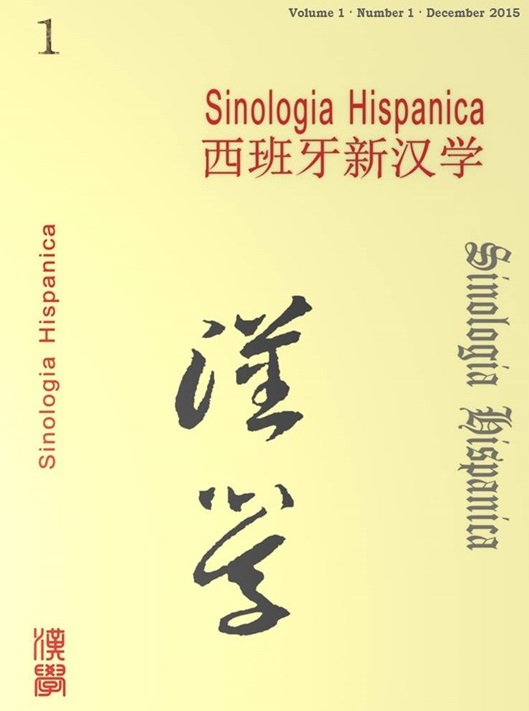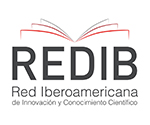现代汉语总结类话语标记浅析 = Discourse Markers of Summary in Modern Chinese
DOI:
https://doi.org/10.18002/sin.v1i1.5182关键词:
基本话语;元话语;总结;人际互动 basic discourse, meta-discourse, summary, inter-personal interactivity摘要
总结类话语标记是人类语言共有的元话语
成分之一。现代汉语总结类话语标记包括“总
之”、“一句话”、“概括起来讲”、“总的
来看”等众多成员,根据构成成分及其结构关
系特点可以归纳为以“话/言”和“说/讲/
看”为核心成分的名词和动词两个系列。总结
类话语标记分布在前后语段之间,构建的语篇
模式为“a,X,b”,在“要点概括”的总体语
义功能之下表达概括、推论、补充、转折、让
步等多种下位语义关系。总结类话语标记的语
篇组织功能和人际互动功能是其概念表达功能
语法化的结果,在这一过程中从基本话语发展
为元话语。
A discourse marker of summary is a common
meta-discourse element in human languages.
Discourse markers of summary in modern Chinese
contains zong zhi, yi ju hua, gai kuo qi lai jiang,
zong de lai kan and others, which can be
summarized as nouns and pronouns centered by
hua/yan, shuo/jiang/kan in correspondence of
their construction elements and features of
construction relation. Discourse markers of
summary distribute near the front and back
syntagms, through which the discourse model is
constructed as “a, X, b”. This construction
implies summary, inference, complementarity,
transference, concession, and other semantic
relation of subcategorization. The discourse
organizing function and inter-personal interactive
function of discourse markers of summary is the grammaticalization of the function of these
concepts and in this process, the discourse
markers of summary develops from basic
discourse to meta-discourse.
Downloads
Métricas alternativas
Downloads
已出版
How to Cite
期
栏目
License
Copyright (c) 2017 Cao Xiuling, Liu Liu

This work is licensed under a Creative Commons Attribution-NonCommercial-ShareAlike 4.0 International License.
Sinología Hispánica. China Studies Review considers all manuscripts on the strict condition that:
- The authors assign the exploitation rights (reproduction, distribution, public communication and transformation) of the work accepted for publication to the University of León on a non-exclusive basis. Authors can establish, on their own, additional agreements for the non-exclusive distribution of the version of the work published in the journal (for example, placing it in an institutional repository or publishing it in a book), always acknowledging the initial publication. in this magazine.
- The manuscript is your own original work and does not duplicate any other previously published work, including your own previously published work.
- The manuscript is not currently under consideration or peer review, nor accepted for publication, nor in press, nor published elsewhere.
- The manuscript contains nothing that is abusive, defamatory, libellous, obscene, fraudulent, or illegal.
- Please note that Sinologia Hispanica uses Turnitin software to screen manuscripts for unoriginal material. By submitting your manuscript to Sinologia Hispanica you are agreeing to any necessary originality checks your manuscript may have to undergo during the peer-review and production processes. Any author who fails to adhere to the above conditions will be rejected.
- Authors are allowed and encouraged to electronically disseminate the pre-printed versions (version before being evaluated) and / or post-printing (version evaluated and accepted for publication) of their works before publication, since it favors their circulation and dissemination more early and with it, a possible increase in its citation and reach among the academic community.
Sinologia Hispanica is under an international license Creative Commons Attribution-Noncommercial-Share Alike 4.0. You can read more about this license in an informative version and legal text.








